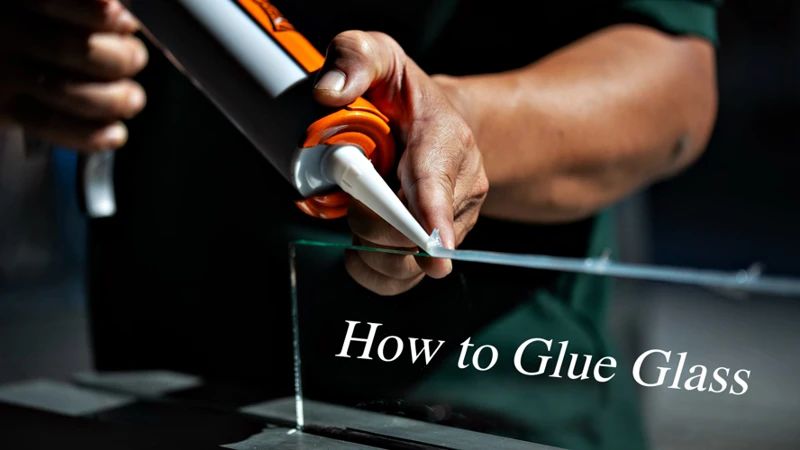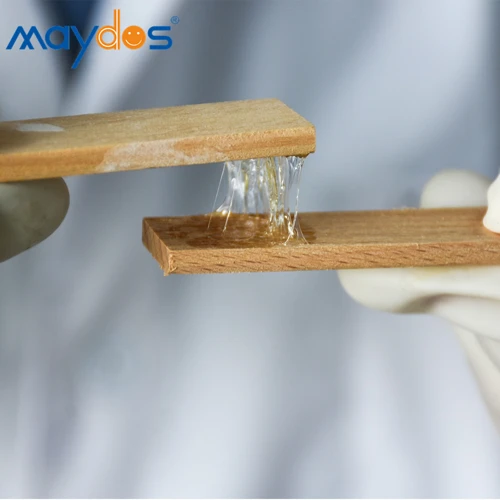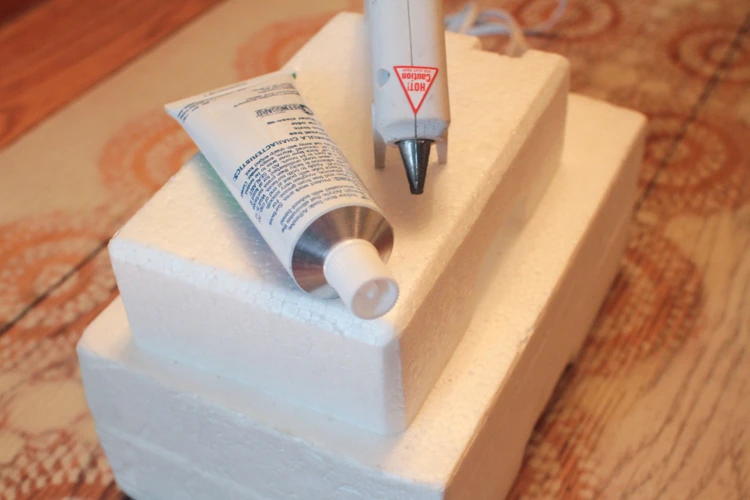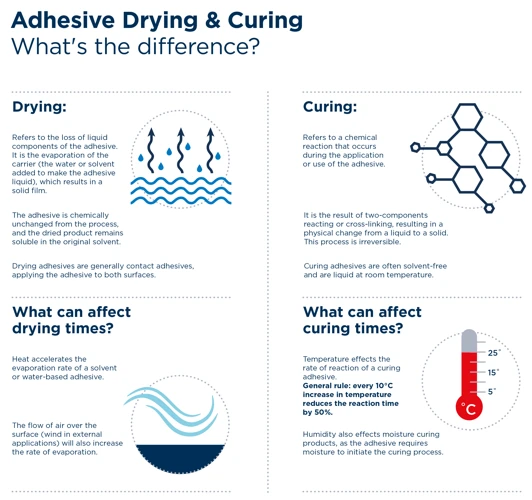When it comes to crafting and building models, the combination of lightweight materials like Styrofoam and versatile plastics often comes into play. However, the process of gluing Styrofoam to plastic can present unique challenges due to the differing natures of these materials. This guide will provide comprehensive instructions and tips on how to create a strong bond between these two substrates using the right styrofoam to plastic adhesive.
Understanding Styrofoam and Plastic Materials
Determining Plastic Type
Before commencing the gluing process, it is crucial to identify the type of plastic you’re working with. Plastics can vary from polyethylene, which is resistant to solvents, to more glue-friendly options like polystyrene. Recognizing the plastic type will not only determine the compatibility with styrofoam adhesive but also affect the durability of the final bond.
Characteristics of Styrofoam
Styrofoam is a brand name for extruded polystyrene foam, known for its insulating properties and buoyancy. Despite its widespread use, one must handle Styrofoam with care, as it can be damaged by certain solvents present in various adhesives. With this in mind, choosing the appropriate styrofoam glue is vital for successful projects.
Choosing the Right Adhesive for Styrofoam to Plastic
Adhesive for Styrofoam to Plastic Options
Selecting the ideal adhesive is the cornerstone of effectively bonding styrofoam to plastic. Options range from silicone-based adhesives to specialized foam-safe products. It is essential to opt for a glue that adheres well to both surfaces without causing damage or compromising the integrity of the Styrofoam.
Best Glue for Styrofoam
The best glue for Styrofoam is typically one that is specifically formulated for use with polystyrene materials. Such adhesives are designed to create a strong bond without melting or deforming the foam. Products like UHU Por or 3M’s Foam Fast 74 are popular choices among professionals and hobbyists alike.
Preparation for Bonding Styrofoam to Plastic
Cleaning and Preparing Surfaces
Before applying styrofoam adhesive, it is imperative to ensure that both surfaces are clean and free of oils or debris. A mild detergent and water can be used for cleaning, followed by a thorough drying. Proper preparation will maximize adhesive effectiveness and contribute to a durable bond.
Items You’ll Need
- Selected adhesive for styrofoam to plastic
- Clean cloth or sponge
- Mild detergent
- Protective gloves
- Clamps or weights (for holding pieces together)
Step-by-Step Guide for Attaching Styrofoam to Plastic
Applying Styrofoam Adhesive
After surface preparation, apply a thin layer of the chosen styrofoam adhesive to one of the materials. If using a spray adhesive, maintain a consistent distance while spraying to achieve an even coat. For tube-based glues, spread it carefully using a putty knife or a piece of cardboard to avoid uneven application.
Clamping and Curing
Once the adhesive is applied, press the Styrofoam against the plastic piece firmly to ensure good contact. Use clamps or place a weight on top to maintain pressure while the glue cures. Always refer to the adhesive’s instructions for the required curing time to achieve optimal strength in the bond.
Troubleshooting Common Issues
How to Bond Styrofoam When Issues Arise
If you encounter problems such as weak bonding or adhesive not adhering properly, reassess the type of glue used and the surface preparation. Ensure both surfaces are clean and roughen them slightly with fine-grit sandpaper if necessary to increase the adhesive grip. Additionally, check the expiration date of the adhesive, as old products may lose effectiveness.
Tips for a Successful Bonding
To ensure a successful bond when attaching styrofoam to plastic, remember to align the pieces accurately before the adhesive sets, as repositioning them later might weaken the bond. Also, avoid using too much glue, which can create an uneven surface and reduce the bond’s strength. Lastly, work in a well-ventilated area to avoid inhaling fumes from the adhesive.
Warnings and Safety Precautions
When working with styrofoam glue and bonding materials, always wear protective gloves and work in a well-ventilated area. Read and follow all safety instructions provided by the adhesive manufacturer. Be aware that some adhesives can emit harmful fumes and should never be used near open flames or heat sources.
Conclusion and Additional Resources
Bonding styrofoam to plastic can be a straightforward process when the correct techniques and materials are used. With this guide, you are now equipped with the knowledge to choose the right styrofoam to plastic adhesive and execute the task with confidence. For additional information, consult manufacturers’ datasheets or reach out to professionals for advice on specific projects.
When working on your DIY projects, understanding the right adhesive techniques is crucial, especially if you’re dealing with different materials. If you’re looking to bond Styrofoam to plastic, our dedicated guide on how to glue Styrofoam to cardboard can offer some useful insights, as the processes share similarities. For those looking to expand their knowledge further, we also have resources on how to glue Styrofoam to metal, and for a different type of challenge, check out our tips on how to glue plexiglass to metal. Each of these guides provides detailed instructions to help you achieve strong and durable bonds for your projects.
FAQs on Styrofoam to Plastic Adhesive
Q: Can I use hot glue to attach Styrofoam to plastic?
A: Hot glue can sometimes be used, but it may melt the Styrofoam. It’s better to use adhesives designed for Styrofoam.
Q: How long does it take for the adhesive to cure?
A: Curing times vary by product, but typically it takes several hours to a full day for the adhesive to fully cure.
Q: Can I paint over the glued area?
A: Yes, once the adhesive is fully cured and the area is properly primed, it can be painted over.








